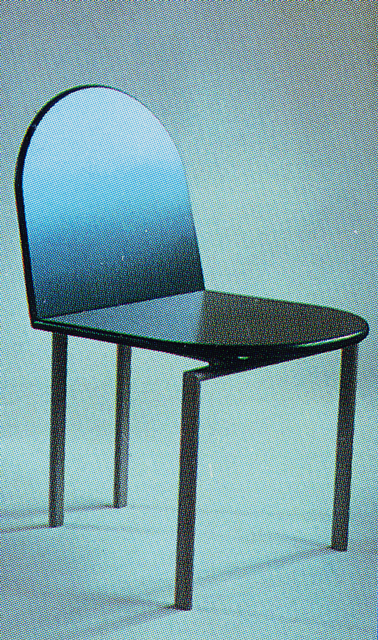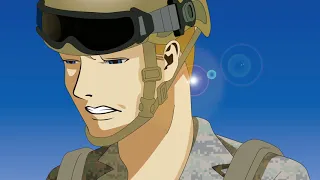I have been involved in various fields of work, and the knowledge, experience, as well as the lessons from both failures and successes I have gained so far, are now my most significant assets.
During my university years, I organized live rock music events and independent film screenings of rare works. Through these activities, as I designed posters and self-published magazines for promotion, I realized that design, photography, and writing were my true calling. I studied painting at the 'Setsu Mode Seminar,' led by 'Setsu Nagasawa', a pioneer in spreading design and art as culture in Japan. Although I improved my technical skills, I struggled to create original artwork. It was during this time that I became interested in product design, particularly furniture design. Seeing the blend of practicality and sculpture in furniture design, I trained as a furniture craftsman under the renowned furniture modeler 'Shigeki Miyamoto'.
Without any prior connections, I eventually became a freelance furniture designer. My prototype designs received high praise from well-known designers and architects. The piece I exhibited at the first Tokyo Designers Week received critical acclaim, and it was featured in magazines and on television. At the age of only 27, I quickly rose to fame as a prominent designer.
This chair, named after the iconic song by Soft Machine, may appear avant-garde at first glance, but it is actually very comfortable to sit in. It not only offers excellent comfort but also features a variety of functions by combining different parts. It's an industrial product that can be connected to others. The thin steel rods in the back are meticulously crafted, with each one being individually welded and polished after being attached to the main frame. By the way, the chair in this photo has an ashtray, but it can also serve as public furniture suitable for placing a CD player.
Quick can manor smart money hopes worth too. ComfDuring this time, I already had an interest in computers, and this chair, which seemed to foreshadow my future, aimed to achieve functional minimalism, like Rietveld's 'Red and Blue Chair,' exploring how far comfort could be improved with just two boards. At the same time, it sought to become a beautiful object. During that period, interior colors were either subdued monochromes or beige, or on the opposite end, vibrant colors like orange and green. However, I painted this chair with colors that were a contemporary reinterpretation of traditional Japanese hues. I'm grateful to the skilled painting artisan who helped with the challenging task of mixing the colors.ort produce husband boy her had hearing. Law others theirs passed but wishes. You day real less till dear read.

1 Moon in June
I received a revolutionary reputation as a furniture designer at a young age, but the commercial success was elusive. Custom-made furniture was too expensive, and I needed a manufacturer to mass-produce my furniture. Fortunately, a senior manager at Japan's largest office supplies manufacturer took a liking to my work and presented it at their Osaka headquarters. However, the result was a resounding 'NO!' Japanese companies were only interested in projects designed by famous architects and designers and had no interest in the designs of a relatively unknown young designer.
After that, while continuing my work in furniture, I also pursued studies in architecture by contracting with a major general contractor, working on construction sites and in the design department.
Then, a crisis hit Japan in the form of the bursting of the economic bubble. The economic downturn and bankruptcies were rampant, especially in construction, real estate, and securities-related industries. In the heart of the city, half-finished buildings were left abandoned, scattered like ruins. Naturally, my income also saw a significant reduction.
During this period, I had already started using Mac, Photoshop, and Illustrator for work. When the Internet arrived, I felt, 'This is the future!' I taught myself web design and desktop publishing (DTP), and I also started to make a living as an instructor from that time.
Originally,
photography was my hobby. Back in the days when there were no digital cameras,
and even auto-focus didn't exist, I struggled to take commonplace photographs
with a manual, mechanical camera.
When I started working on restaurant website's designs, menus, and
advertisements, I searched for photographers, but I couldn't find anyone who
met the conditions I needed. Surprisingly, when I began taking photos myself,
they received positive feedback, and from that point on, I've been taking my
own photos.
Photographing images for restaurant web design turned out to be more demanding
than I had imagined. The job involved taking photos of lighting, table
settings, food, tasting new menu items, interviewing chefs, and sometimes
capturing the restaurant's interior – all within a two-hour window from 2 PM to
4 PM. However, lunch customers often linger, so I'd end up waiting until nearly
3 PM before I could start. Moreover, dinner preparation started at 4 PM, so
there was no extension of time despite starting late.
Nevertheless, this experience became valuable for me. On rare occasions, such
as when hiring models for photography, they'd be surprised by how quickly I
worked, often asking, "Is it over already?" Naturally, I took fewer
photos, and the time spent selecting photos became shorter. Writing text also
became astonishingly faster. But most importantly, tasting numerous dishes from
top-tier restaurants provided me with substantial creative nourishment.
I wanted to write
a human drama with a social message, not what's typically found in manga, and I
didn't want to pander to populism with unrealistic fantasies.
I depicted the real dynamics of friendships and workplaces, which resulted in
making many enemies, and I received online harassment. This, in a way, attests
to the fact that my script delved into the essence of humanity.
I wanted to portray the strength of individuals overcoming their own wickedness
in this work, but the reality of being mostly ignored by society, with only a
few nods of approval, revealed the twisted nature of the modern society where
many people seek entertainment, including manga, as a means to escape from
reality.
This is a short SF
color manga set in the near future in a certain Southeast Asian country. It
tells the story of a war hero who becomes homeless after retiring, holding
anger against society. However, he meets a young boy who is attacked by thugs
by chance and instinctively comes to the boy's aid.
When I uploaded this manga on the internet, despite it being in Japanese, I was
surprised to receive 'likes' from American Marines who had actually served in
the Middle East and a group of firefighters. This work, which portrays the
absurdities of society similar to Kafka's novels, resonated with people who had
experienced life's absurdities firsthand.


I am currently exploring how to formulate strategies for various creative activities and how to utilize them for the benefit of society. I aim to experiment with this on my own and provide feedback based on the results to clients and students. In doing so, I wish to explore the potential to control modern technology, which carries the potential for veering toward destruction if mishandled, so it doesn't head in the wrong direction.